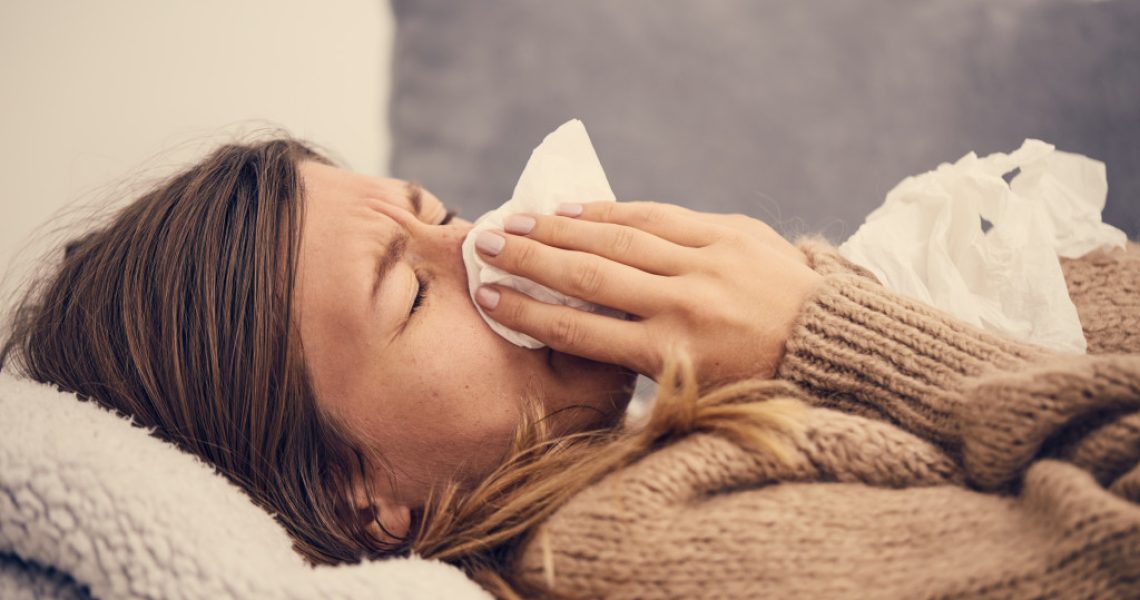- Allergies, triggered by allergens such as dust mites and molds, can originate from your home.
- Household allergens include dust mites, mold, pet dander, chemicals in cleaning products, and poor indoor air quality.
- Effective measures to control allergens include regular vacuuming, avoiding moisture accumulation, and using chemical-free products.
- Remodeling options such as cleaning windows, replacing carpets with hardwood floors, and using air purifiers can reduce allergens.
- Maintaining an allergy-free home is continuous, requiring proactive measures and consultation with healthcare professionals.
Allergies can be a curse to many people, causing a lot of discomfort and sometimes even leading to severe health issues. Unfortunately, your home may be the source of these allergies and cause your family’s discomfort. Here’s what you need to know about allergies, why your home is causing it, and how you can renovate your home to be allergy-free.
What Are Allergies?
Allergies are hypersensitivity or an exaggerated response to something that would typically not affect the human body. Allergens cause human allergies, including pollen, pet dander, dust mites, and certain foods. When your body comes into contact with these allergens, it triggers an immune reaction that can result in symptoms like sneezing, watery eyes, and difficulty breathing.
Why Is Your Home Causing Allergies?
Your home can cause allergies due to varying reasons. Here are some of them:

1. Dust Mites
Dust mites are among the most common causes of allergies in the home. These tiny creatures live in your homes, feeding on your skin cells and producing particles that cause allergies in susceptible people. Dust mites can be found in carpets, bedding, drapes, and upholstery. To reduce the number of dust mites in your home, vacuum regularly, wash bedding in hot water, and consider using allergy-proof covers on pillows and mattresses.
2. Mold
Mold growing inside your home can also cause allergies in your family. Mold spores can travel through the air, and when inhaled, they can cause allergic reactions and other health issues. Common areas where mold can grow include basements, bathrooms, kitchens, and windows and doors. To reduce the risk of mold growth, use exhaust fans when cooking and bathing, repair leaks and other water damage immediately, and clean and dry areas prone to moisture regularly.
3. Pet Dander
Pets can also be a source of allergies in your home. Pet dander, the tiny flakes of skin pets shed, can cause allergic reactions in some people. To reduce the likelihood of pet allergies, wash your pet regularly, keep them off the furniture and out of the bedrooms, and vacuum floors and upholstery frequently. You may also want to invest in an air purifier to reduce the amount of pet dander in the air.
4. Chemicals
Many home cleaning products, air fresheners, and chemicals can cause allergic reactions. These chemicals can be found in cleaning products, laundry detergents, and other household cleaners. To reduce the risk of chemical allergies, use chemical-free products, open windows when cleaning, and use natural alternatives to freshen your home, such as baking soda and essential oils.
5. Poor Indoor Air Quality
Finally, poor indoor air quality can also cause allergies in your family. Various factors, including insufficient ventilation, smoking, and high humidity, can compromise indoor air quality. To improve your home’s indoor air quality, open windows, use exhaust fans when cooking and bathing, and consider investing in an air purifier or air quality monitor.
Remodeling Options to Make Your Home Allergy-Free
There are various remodeling options you can use to make your home allergy-free. Here are four options:
Get Your Windows Cleaned
First, it’s important to get your windows cleaned. This will help reduce the dust, dirt, and other allergens that can enter your home through open windows and doors. Additionally, clean windows allow natural light into your home, improving air quality and providing many health benefits. If you don’t have time, hire a professional residential window cleaning service. The service can clean your windows’ interior and exterior to ensure they’re allergens-free.

Replace Carpeting with Hardwood Floors
Carpeting can trap dust, dirt, and other allergens in its fibers, causing allergies for some people. Replacing your carpets with hardwood floors can help reduce the allergens in your home. Hardwood floors are also easier to clean and maintain than carpets, making it easier to reduce allergens in your home.
Install Air Purifiers Throughout Your Home
Air purifiers can help remove allergens from the air in your home, reducing the risk of allergies. Investing in a high-quality air purifier and installing it in each room of your home can help reduce the amount of airborne allergens and improve air quality.
Use Allergy-Proof Covers on Beds
Finally, using allergy-proof covers on mattresses and pillows can help reduce the number of dust mites in your home. These covers are designed to prevent dust mites from accumulating in your bedding and are made from materials that make it difficult for dust mites to penetrate. Investing in allergy-proof covers is an easy way to reduce the number of dust mites in your home.
Making your home allergy-free isn’t a single event but a continuous process involving proactive measures to recognize and eliminate potential allergens. You can reduce allergens in your home by maintaining cleanliness, making strategic changes like replacing carpets with hardwood floors and investing in devices like air purifiers and allergy-proof covers. Everyone’s sensitivity to allergens varies, so it’s essential to consult with an allergist or healthcare professional to understand your specific needs and adjust your home environment accordingly. With the right steps, you can create a healthier and more comfortable space for you and your loved ones.

